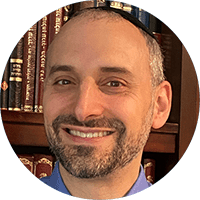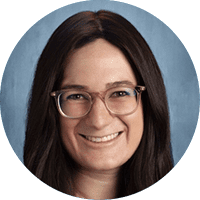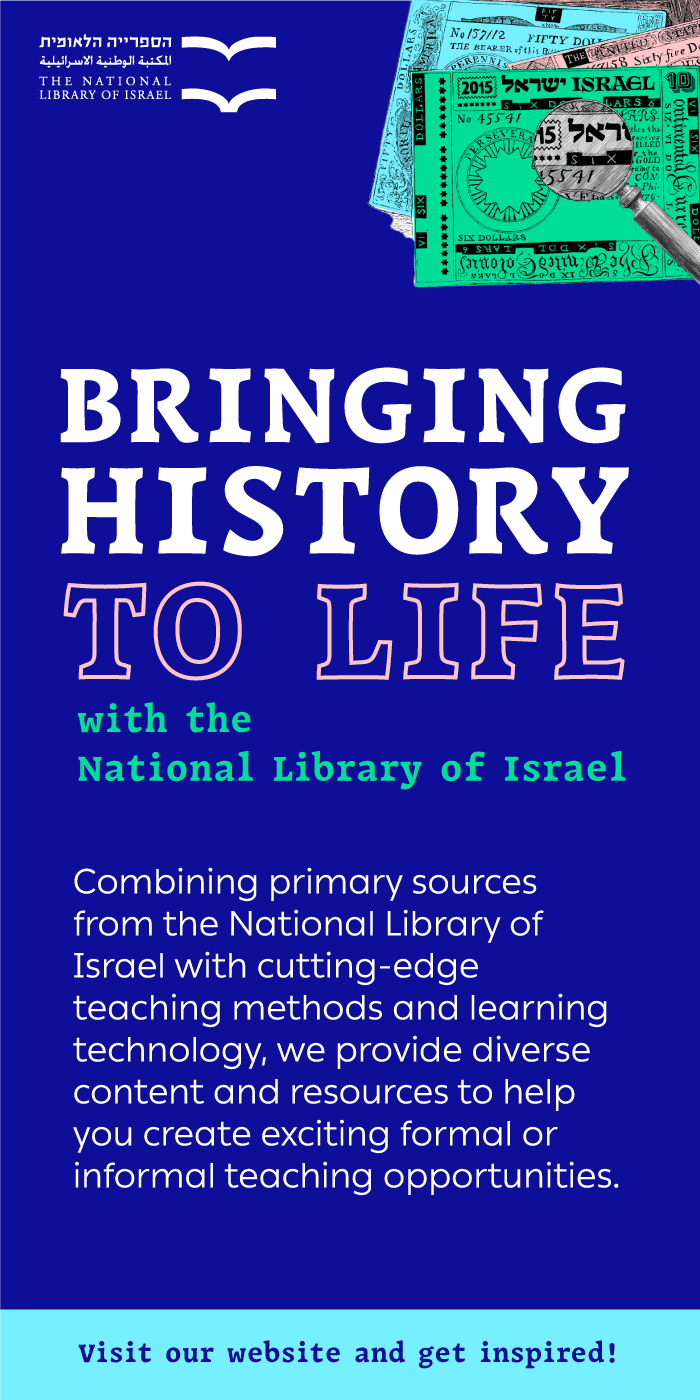COVID-inspired Mishpachot
In June of 2020, our high school Judaic team met to discuss programming for the coming year. We had just experienced a few months of Zoom-only classes and programming with mixed results. We needed to plan programming that would be COVID-safe in person yet also work on Zoom since we didn’t know what the year would look like.
Planning for Programming
Our goals for programming for the 2020-2021 year were to increase community and socialization between students in an abnormal year during which these critical aspects of school might not otherwise occur organically. We also wanted to develop programming that we would be proud of in any year, not simply a suboptimal fix like broadcasting programming into multiple rooms. That model wasn’t engaging enough, and it lacked the community building we felt was necessary. After a lot of discussion, we began to sketch out the Mishpachot program that we have run this year that will be described in this article.
Structure of the Mishpachot Program
The Judaic faculty selected eight student leaders who were passionate about our school community to plan and run programs. This student board established mini communities, mishpachot, as the model for Judaic programming. Each mishpacha had twelve students, three per grade, including a board member to lead the family. The mishpachot were designed in this way to help foster the strong cross-grade friendships that were a defining feature of our high school, especially in light of COVID podding which meant less interaction between grades. We frequently say that we are small enough for there “not to be a back row,” meaning every student is engaged in the classroom. The mishpacha model brought this feeling to our programming.
In Practice
Our first Judaic program was on Zoom and completely student-led. The student board introduced the Mishpacha program, and students were then divided into mishpachot for an icebreaker activity. Students who were usually disengaged with their cameras off were now interacting with their new “family.” It was a reassuring and uplifting scene for students who were missing the social and communal elements of high school.
A months-long video competition where each mishpacha produced a video about school/Jewish pride brought each mishpacha together and became a highlight of the year. The final videos were shown during our Purim celebration, boosting attendance and engagement as each student waited to show what their mishpacha had created.
During parts of the year when we had some students in person and others on Zoom, we continued to plan programs using the mishpacha structure. For example, in preparation for Yom Kippur, students discussed Desean Jackon’s public apology in relation to the Rambam’s guidelines of teshuva. In another program, Doron Kornbluth addressed all students via Zoom, followed by student discussions with their mishpachot about the importance of marrying a Jewish partner. With each program, the student leaders chose the topic, crafted the program, and led the conversations with their peers.
The student leadership changed the energy of the program from passively hearing from a teacher to actively engaging with friends. Because the programs were developed and led by their peers, students were interested and excited to participate. Moreover, the conversations were meaningful, and allowed for deep student connection, as illustrated by one of our students, “Our group truly became a family through those experiences and getting to know each other better. These bonds would not have been able to form through regular Judaic programming.”
Conclusion
Three important themes emerged from the Mishpachot program that we believe were instrumental to its success. The first was the cultivation of student buy-in through the mishpacha structure. The other themes were community building and student engagement, which were both goals of the program and guiding principles in building it.
The Mishpachot program was not a panacea and when only some students were on Zoom it was a challenge to keep them engaged and included. However, overall, we found the program to be transformative in creating engagement and community in Akiba-Yavneh during a year when these aspects were even more important than usual. By empowering our students to lead, we built their sense of agency while simultaneously creating higher engagement from all students as they joined their peers and learned from them. We found that strengthening mini-communities within our school had the effect of building an overall sense of community throughout the school. The mishpachot have left our students feeling excited about programming and looking forward to continuing their leadership next year, G-d willing with fewer restrictions.

Maury Grebenau holds an EdD from Northeastern University and has Smicha from Yeshiva University. He is the high school principal of Akiba-Yavneh Academy in Dallas and also coaches new principals with Jewish New Teacher Project. Rabbi Grebenau has published numerous articles on educational leadership and current issues including teen health and school technology use.

Sara Block is the Judaic Studies Chair at Yavneh Academy of Dallas where she teaches Tanakh and Jewish Thought and Law. She holds a BA in Judaic Studies and an MA in Education from Brooklyn College. She also runs a Chabad Center for Young Professionals in Plano together with her husband.



